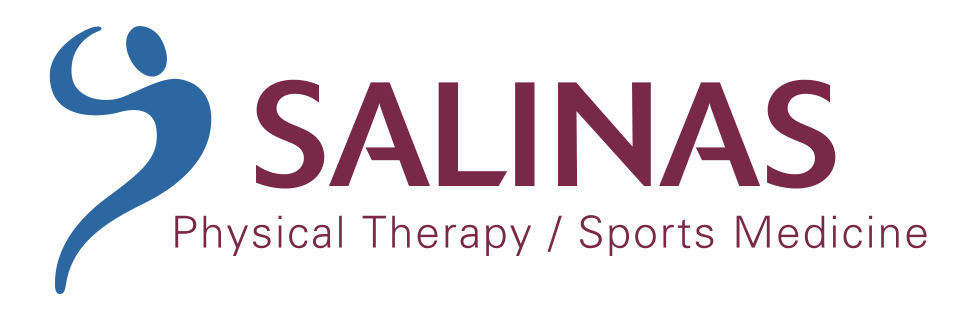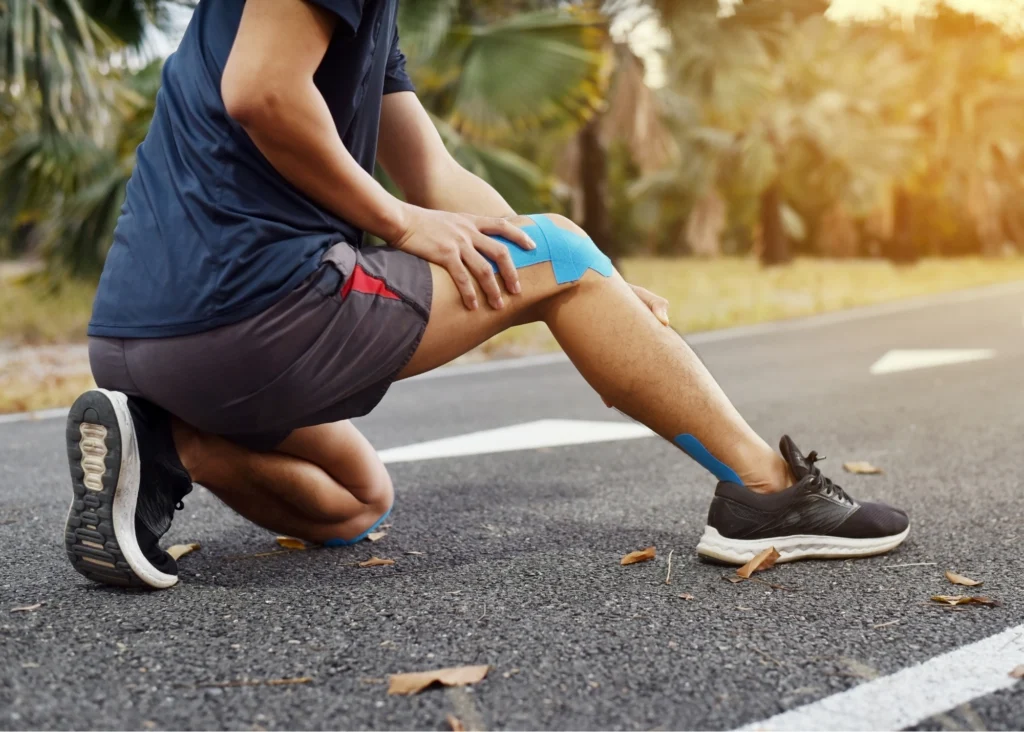Phone: (714) 695-1566
Fax: (714) 695-1553
Email: info@salinaspt.com
23655 Via Del Rio, Suite C
Yorba Linda, CA 92887

Phone: (714) 695-1566
Fax: (714) 695-1553
Email: info@salinaspt.com
23655 Via Del Rio, Suite C
Yorba Linda, CA 92887


Athletes are often taught to push through the pain and persevere. But when it comes to pain, not all of it is created equal. Some forms of pain can be a sign of growth and resilience, while other types are red flags that you don’t want to ignore. So, how do you know when to push through and when to pull back? In this article we’ll cover the pros and cons of playing through pain and why listening to your body is essential for long-term health and performance.
To start, we need to better understand the term, “pain”. We consider pain as a signal designed to protect you from harm. When a part of your body is injured, pain receptors from that area release chemical neurotransmitters that send messages to your brain to prevent further injury.
Example: When you accidentally touch a hot stove. Your body instinctively sends a pain warning signal to your brain to protect you from further harm.

You’ve just completed a tough workout, and now your muscles are sore. This type of pain in usually okay to push through – within reason. It’s a sign that your muscles are adapting and growing stronger.
• Why it’s Okay: This soreness, known as Delayed Onset Muscle Soreness (DOMS), results from micro-tears in your muscle fibers, which are a result of challenging your muscles with new or more intense exercises. [1] As your body repairs these micro-tears, your muscles become strong and more resilient.
• What To Do: Gentle movement, stretching, and light exercise can actually help alleviate soreness by increasing blood flow to the muscles and reducing stiffness. Just be sure to not overdo it as your muscles need time to recover from the micro-tears.
For endurance sports like running, cycling, or swimming, pushing through the fatigue and discomfort is often part of the game. Building mental toughness and endurance can help athletes perform better under challenging conditions.
• Why it’s Okay: Mild discomfort or fatigue during endurance activities is often a result of your body’s natural responses, like lactic acid buildup. Learning to manage and push through this type of pain can enhance your performance and mental resilience.
• What To Do: Listen to your body. If the discomfort is manageable and subsides with rest or change in intensity, you’re likely okay to continue. However, if your experience sharp pain or your form deteriorates, your body is telling you it’s time to ease up.

If you feel a sudden, sharp pain during activity, it’s a clear sign to stop. This could indicate a sprain, strain, or more serious injury like a torn muscle or ligament.
Why You Shouldn’t Push Through: Acute injuries need immediate attention to prevent further damage. Playing through this type of pain can worsen the injury and extend your recovery time.
• What To Do: Stop the activity immediately and apply the RICE method (Rest, Ice, Compression, Elevation). Seek medical attention to determine the severity of the injury.
Chronic pain is pain that persists over time, often despite treatment. It can be due to conditions like tendinitis, stress fractures, or overuse injuries.
Why You Shouldn’t Push Through: Chronic pain is a sign that your body isn’t healing properly or that you’re overloading a specific area. Continuing to train or play through this pain can lead to compensatory injuries or long-term issues.
• What To Do: Take a break from the activity causing the pain and consult with a healthcare professional. Addressing the root cause early can prevent more severe issues down the road.
Swelling, redness, or warmth around a joint or muscle usually indicates inflammation, which can be a response to injury or overuse.
Why You Shouldn’t Push Through: Inflammation is your body’s way of signaling that an area needs time to heal. Ignoring this signal and continuing to play can exacerbate the injury and prolong recovery.
What To Do: Rest the affected area, apply ice to reduce swelling, and consider ant-inflammatory medications if advised by a healthcare professional. Give your body the time to heal.

Knowing the pros and cons of playing through pain; when to push through and when to rest is crucial for athletes. Pain can be a helpful guide, but it’s important to understand what your body is telling you:
The bottom line: Learning to differentiate between different types of pain can help you make informed decisions, protect your health and enhance performance. Remember, being an athlete isn’t just about pushing limits. It’s also about knowing when to give your body the care and recovery it needs. If you, or someone you know is suffering from a sports injury or painful condition, our team can help! We offer complimentary screenings where you can speak directly with a Doctor of Physical Therapy to learn about your condition and the treatment options available.
In Good Health,
– The Salinas Team
References:
[1] Hotfiel T, Freiwald J, Hoppe MW, Lutter C, Forst R, Grim C, Bloch W, Hüttel M, Heiss R. Advances in Delayed-Onset Muscle Soreness (DOMS): Part I: Pathogenesis and Diagnostics. Sportverletz Sportschaden. 2018 Dec;32(4):243-250. English. doi: 10.1055/a-0753-1884. Epub 2018 Dec 11. PMID: 30537791. https://pubmed.ncbi.nlm.nih.gov/30537791/
Disclaimer: The information provided on SalinasPT’s website is for general informational purposes only and should not be considered a substitute for professional medical advice. We strive to ensure the accuracy and timeliness of the information. By using this website, you acknowledge that you assume full responsibility for any actions taken based on the information provided, and we disclaim all liability for any damages or consequences resulting from such actions. Always consult a qualified healthcare professional for personalized medical advice and treatment.